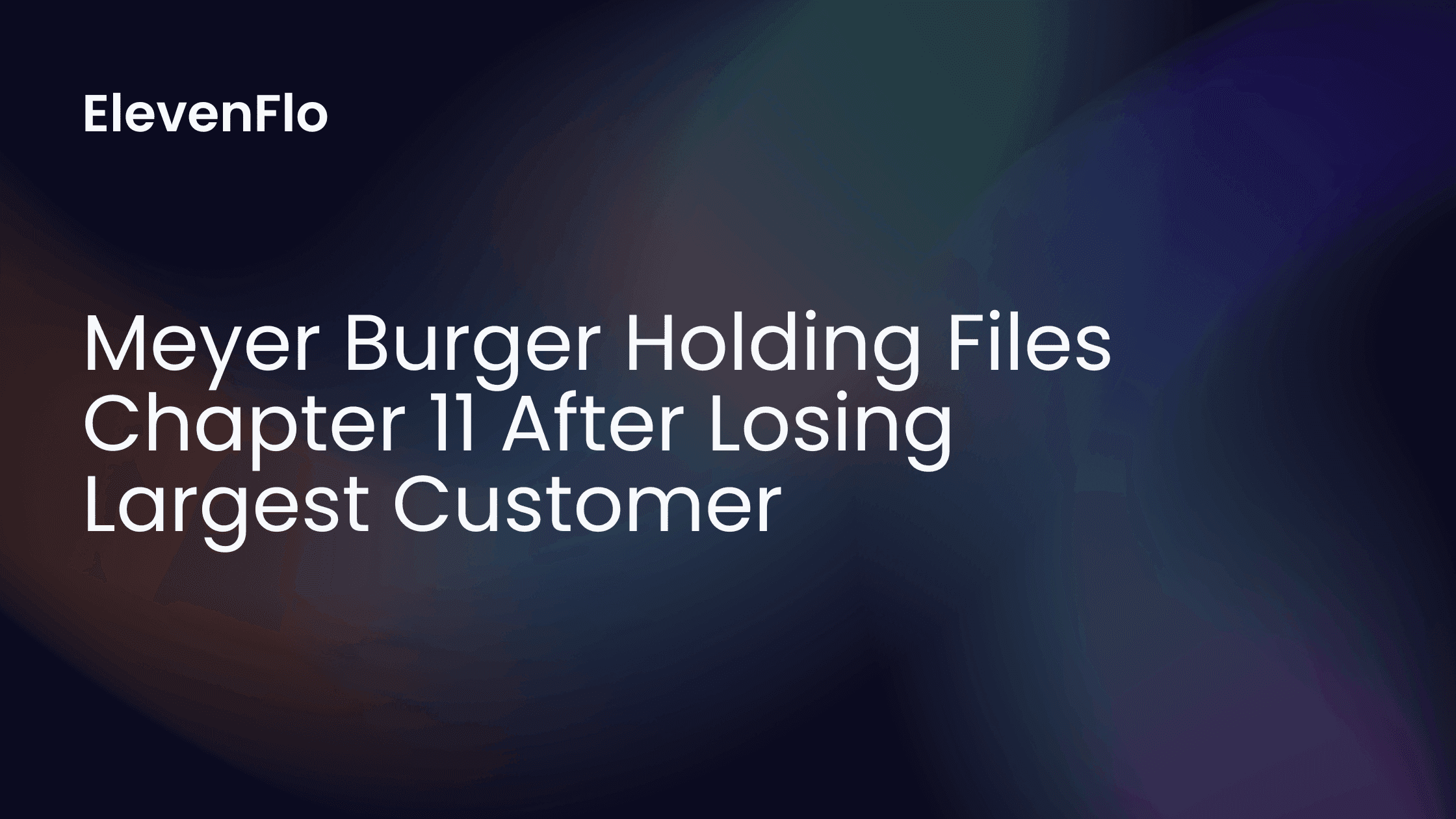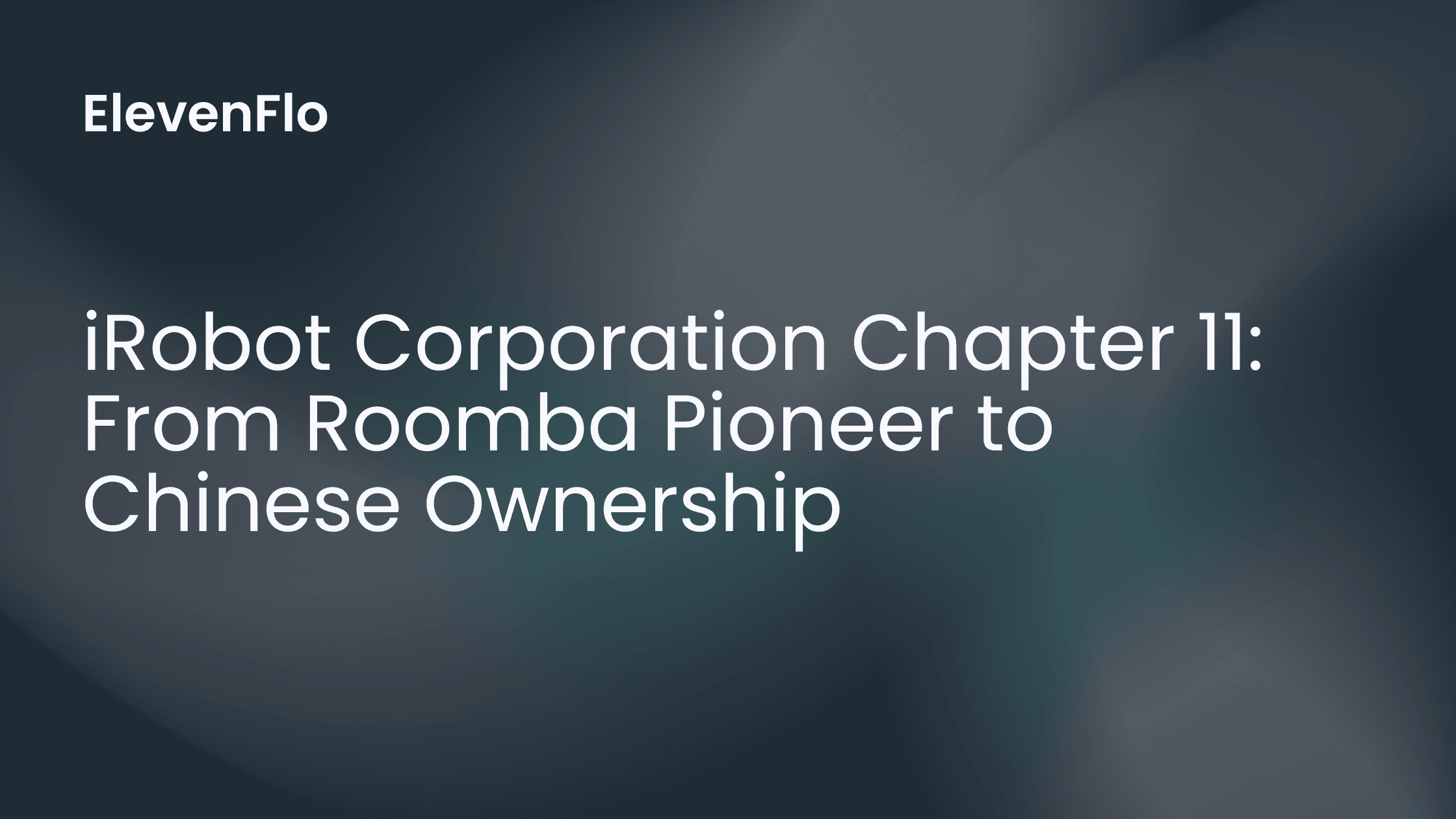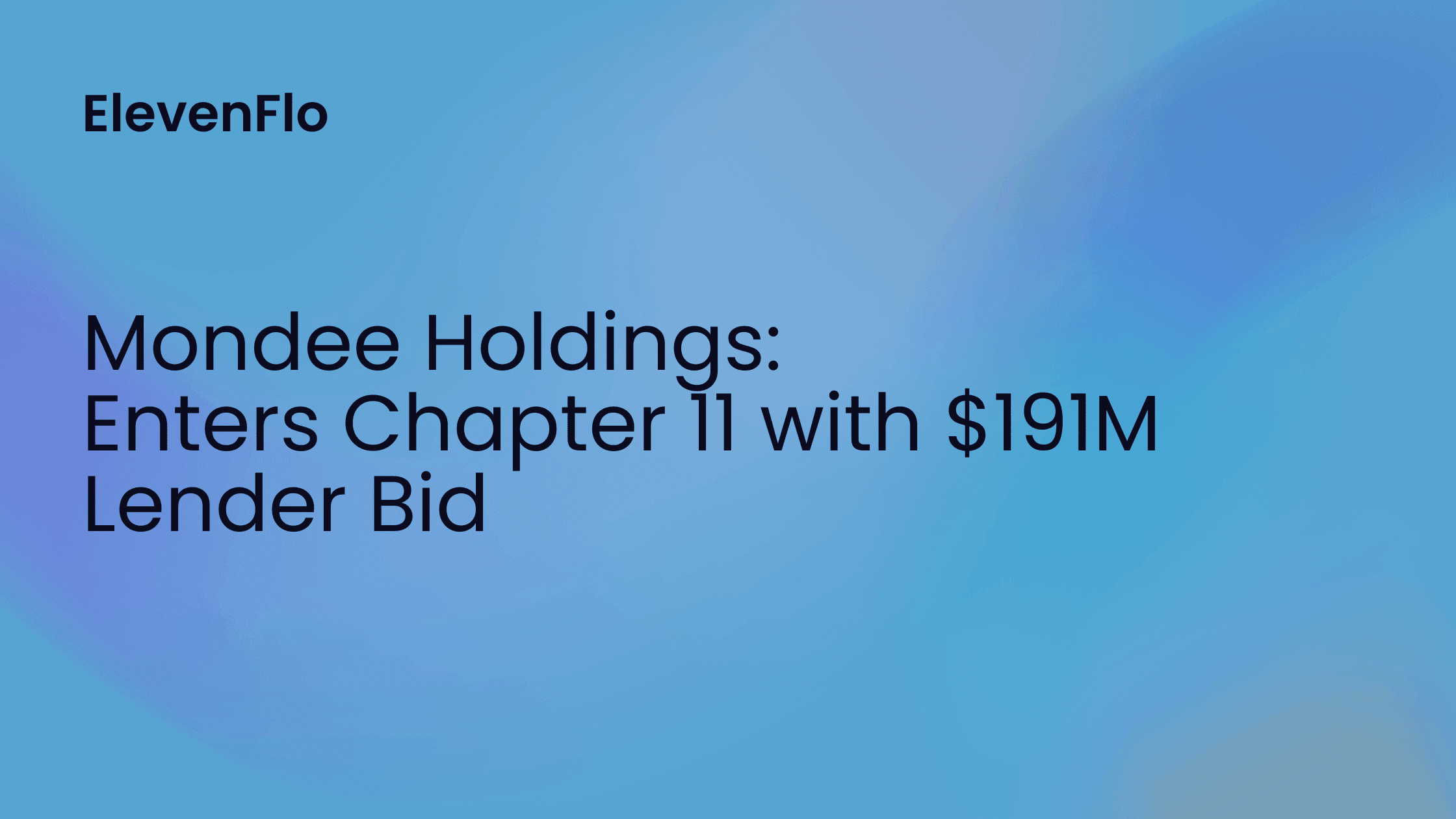Meyer Burger Solar Manufacturing Collapse

Meyer Burger Holding files Chapter 11 after losing largest customer and facing intense Chinese competition
Meyer Burger (Holding) Corp. and three affiliated entities filed for Chapter 11 bankruptcy protection on June 25, 2025, in the United States Bankruptcy Court for the District of Delaware. The filing, under case number 25-11217-CTG, marks the collapse of one of Europe's most prominent solar technology companies, with liabilities estimated between $500 million and $1 billion and assets between $100 million and $500 million according to court documents.
The Meyer Burger bankruptcy represents a dramatic fall for a company whose parent, Meyer Burger Technology AG (SWX: MBTN), has been at the forefront of solar technology for more than twenty-five years. According to Electrek, the company shut down its Arizona solar factory on May 29, 2025, terminating all 282 remaining employees. Justin D. Pugh of FTI Consulting serves as Chief Restructuring Officer, having been appointed on June 13, 2025.
Corporate Structure and US Operations
Meyer Burger's US operations centered on an ambitious solar manufacturing strategy designed to capitalize on domestic production incentives under the Inflation Reduction Act. The company operated a 276,000-square-foot module production facility in Goodyear, Arizona, with an adjacent 218,451-square-foot warehouse for raw materials and finished goods storage.
The Arizona facility was designed to produce 2.1 gigawatts of solar modules annually at full capacity, manufacturing an estimated 10,000 solar modules daily with 600 employees. According to PV Magazine USA, the company previously planned to produce 1.4 GW of heterojunction solar modules in Arizona but never achieved full production capacity.
Failed Colorado Expansion
Beyond Arizona, Meyer Burger had planned a 2.23 gigawatt solar cell production facility in Colorado Springs, Colorado. This facility would have enabled fully integrated domestic production of both cells and modules. However, according to Mercom India, development was discontinued due to inability to secure necessary financing and cost overruns at the Goodyear module facility.
Financial Deterioration and DESRI Contract Loss
The pivotal event precipitating the Meyer Burger bankruptcy occurred on November 14, 2024, when D.E. Shaw Renewable Investments (DESRI) terminated its Master Module Supply Agreement. According to PV Magazine, this five-year deal was for up to 5 GW of solar panels from Meyer Burger's Arizona facility, and its termination led the company to question its ability to continue as a going concern.
DESRI had provided prepayments totaling $35.5 million under the agreement, while another customer, Ingka (IKEA's parent company), had advanced $67 million. The loss of the DESRI relationship created immediate liquidity pressures and undermined investor confidence in the company's ability to achieve profitability. The company entered bankruptcy with only $435,000 in cash, as reported by Mercom India.
Operational Challenges and Production Shortfalls
Meyer Burger faced significant operational setbacks that prevented achievement of production targets. Initial design flaws in the production lines required six months of redesign and equipment changes. Global supply chain disruptions further delayed construction and production, with equipment damaged during international shipping causing additional setbacks.
The company never achieved projected 2024 or 2025 production volumes, operating at only partial capacity with one of two production lines in ramp-up status. Full production would have required additional investments of approximately $80 million in capital expenditures, commissioning, and ramp-up costs.
Debt Structure and Financial Obligations
The Meyer Burger bankruptcy filing reveals a complex debt structure reflecting the company's aggressive expansion strategy and subsequent financial distress. According to Solar Power World, the largest unsecured creditor is U.S. Customs and Border Protection, with $5.1 million in unpaid import duties.
- Bridge Loan Facility: Approximately $89 million secured term loan through multiple amendments, with GLAS USA, LLC as Administrative and Collateral Agent
- Intercompany Loans: Approximately $370 million in unsecured intercompany loans from Meyer Burger Technology AG
- Trade Payables: Approximately $100 million in outstanding trade debt, excluding intercompany balances
- Customer Prepayments: Over $102 million in prepayments from DESRI and Ingka requiring either delivery or refund
DIP Financing and Cash Position
Court filings indicate the debtors had only $435,000 in cash on hand at the petition date. The company secured $23 million in debtor-in-possession (DIP) financing to support operations during the bankruptcy proceedings and fund an asset sale process.
Global Insolvency Proceedings
The US bankruptcy filing followed insolvency proceedings for Meyer Burger's European operations. On May 31, 2025, German subsidiaries Meyer Burger (Germany) GmbH and Meyer Burger (Industries) GmbH filed for insolvency. According to PV Tech, the two German subsidiaries employed over 600 people - 331 at the Thalheim solar cell production plant and 289 in technology development.
The parent company, Meyer Burger Technology AG, faces its own financial crisis. Former CEO Gunter Erfurt criticized political hesitation in Berlin and Brussels for failing to support the European solar manufacturing industry, highlighting the broader challenges facing Western solar manufacturers competing against Chinese producers.
Employment Impact and Facility Closures
The Meyer Burger bankruptcy triggered massive workforce reductions across multiple jurisdictions. According to PV Magazine USA, the company laid off over 900 workers globally. On May 29, 2025, the company terminated 282 employees at its Arizona facility. Combined with German facility closures at Thalheim and Hohenstein-Ernstthal, the total impact exceeded 900 workers.
The Arizona facility shutdown represents the loss of 1.4 gigawatts of US solar panel manufacturing capacity at a critical time for domestic renewable energy production. The closure eliminates what would have been one of the largest integrated solar manufacturing operations in the United States.
US Customs Debt and Operational Liabilities
Court documents reveal the company owed $5.1 million to US Customs and Border Protection for import duties, highlighting the challenges of operating a manufacturing facility dependent on international supply chains. Additional operational liabilities include unpaid rent on the Goodyear facilities and substantial vendor payables accumulated during the production ramp-up phase.
Industry Context and Market Challenges
The Meyer Burger bankruptcy reflects broader challenges facing Western solar manufacturers competing against Chinese producers. Despite record investment levels following the Inflation Reduction Act, manufacturers face margins below historical averages due to record-low global pricing driven by Chinese oversupply.
According to Solar Power World, Meyer Burger originally operated as a solar equipment manufacturer before transitioning to direct solar cell and panel production. This business model transition occurred as the company attempted to capture more value in the solar supply chain but ultimately proved unsuccessful in the face of intense competition.
Asset Sale Process and Restructuring Strategy
The debtors initiated an asset sale process to maximize value for creditors, with DIP financing supporting continued operations during marketing efforts. The company's assets include advanced solar manufacturing equipment, intellectual property related to Heterojunction (HJT) technology and SmartWire Connection Technology (SWCT), and partially completed production lines with expansion potential.
Despite current challenges, the debtors express optimism about asset value, either on a standalone basis or in partnership with European affiliates. The presence of installed equipment for a third production line at the Arizona facility provides expansion opportunities for potential buyers with adequate capital.
For analysis of renewable energy sector bankruptcies and restructuring trends, visit ElevenFlo's bankruptcy blog. The Meyer Burger bankruptcy case demonstrates the challenges facing Western solar manufacturers attempting to compete in a market dominated by low-cost Asian producers.
Implications for US Solar Manufacturing
The Meyer Burger bankruptcy raises questions about the viability of domestic solar manufacturing despite substantial government incentives. The company's failure after investing hundreds of millions in US facilities suggests that tax credits and domestic content requirements alone may be insufficient to overcome cost disadvantages relative to Asian competitors.
Industry observers note this bankruptcy as part of a wave of solar-related insolvencies in 2024 and 2025, reflecting oversupply conditions and margin compression throughout the solar value chain. The case highlights risks for investors and policymakers seeking to establish competitive domestic solar manufacturing capacity in an increasingly commoditized global market.


